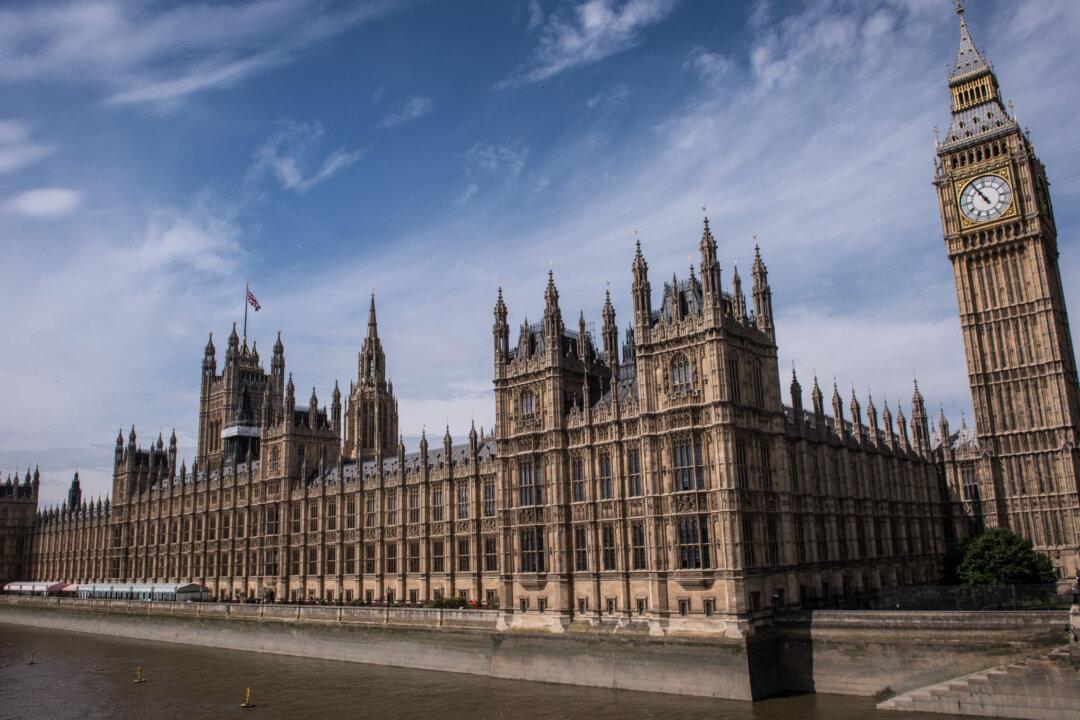The Palace of Westminster is in critical need of repair works, which have been stalled for years owing to “years of procrastination” and the inability to determine how the work will be undertaken, said a government committee.
The Public Accounts Committee (PAC), which is responsible for overseeing government expenditures, said in a report on May 17 that if a catastrophic event happened, there is a real risk that the Parliament building would be destroyed.





